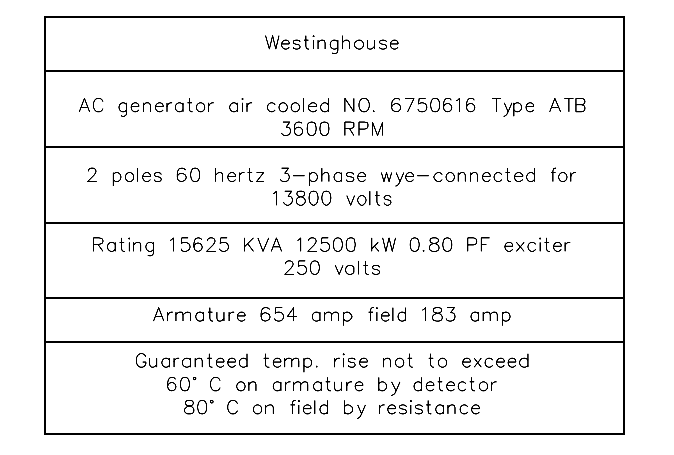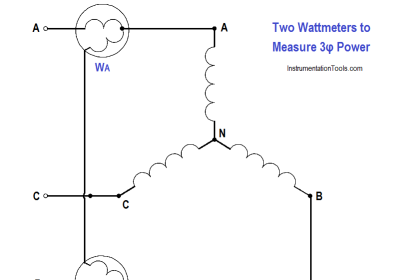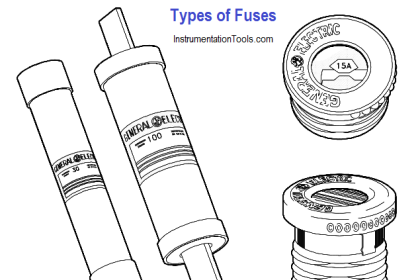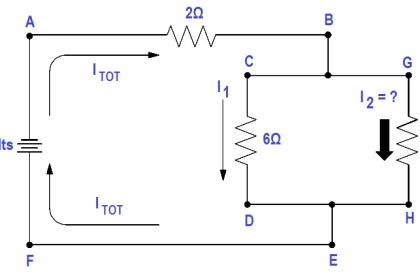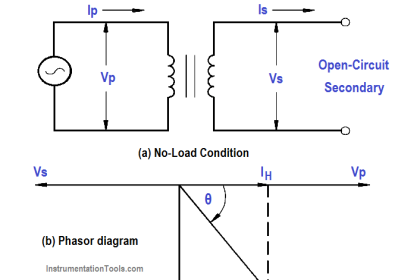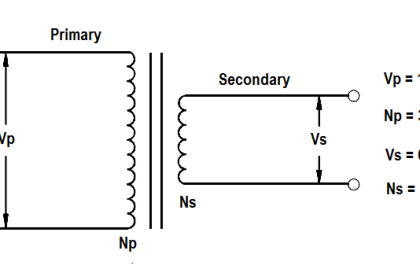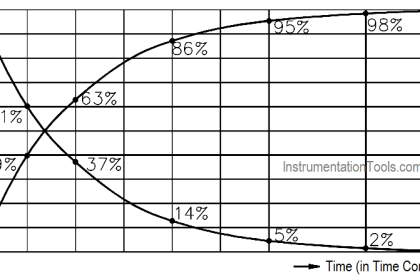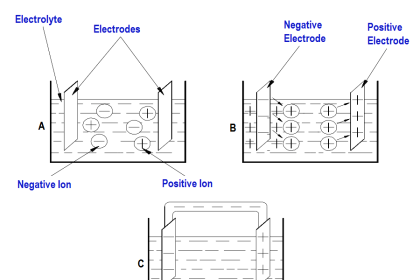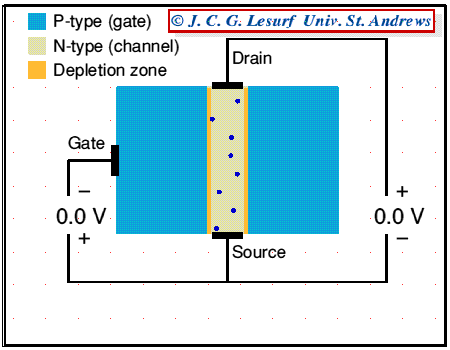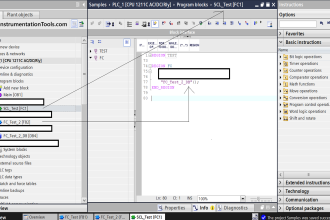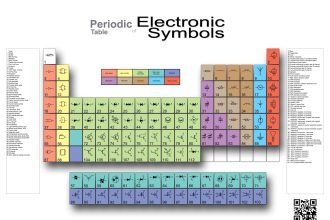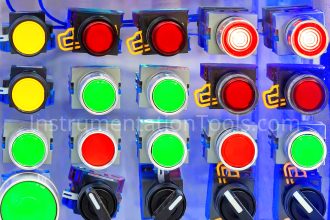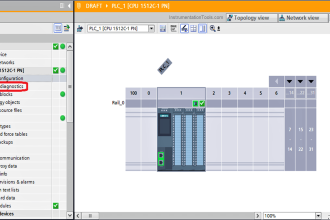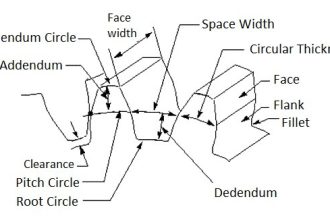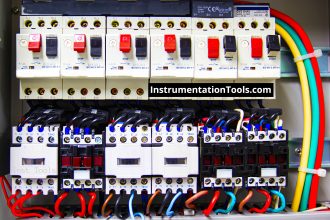Typical name plate data for an AC generator (Figure) includes:
(1) manufacturer;
(2) serial number and type number;
(3) speed (rpm), number of poles, frequency of output, number of phases, and maximum supply voltage;
(4) capacity rating in KVA and kW at a specified power factor and maximum output voltage;
(5) armature and field current per phase; and
(6) maximum temperature rise.
Power (kW) ratings of an AC generator are based on the ability of the prime mover to overcome generator losses and the ability of the machine to dissipate the internally generated heat. The current rating of an AC generator is based on the insulation rating of the machine.
Fig : AC Generator Nameplate Ratings
